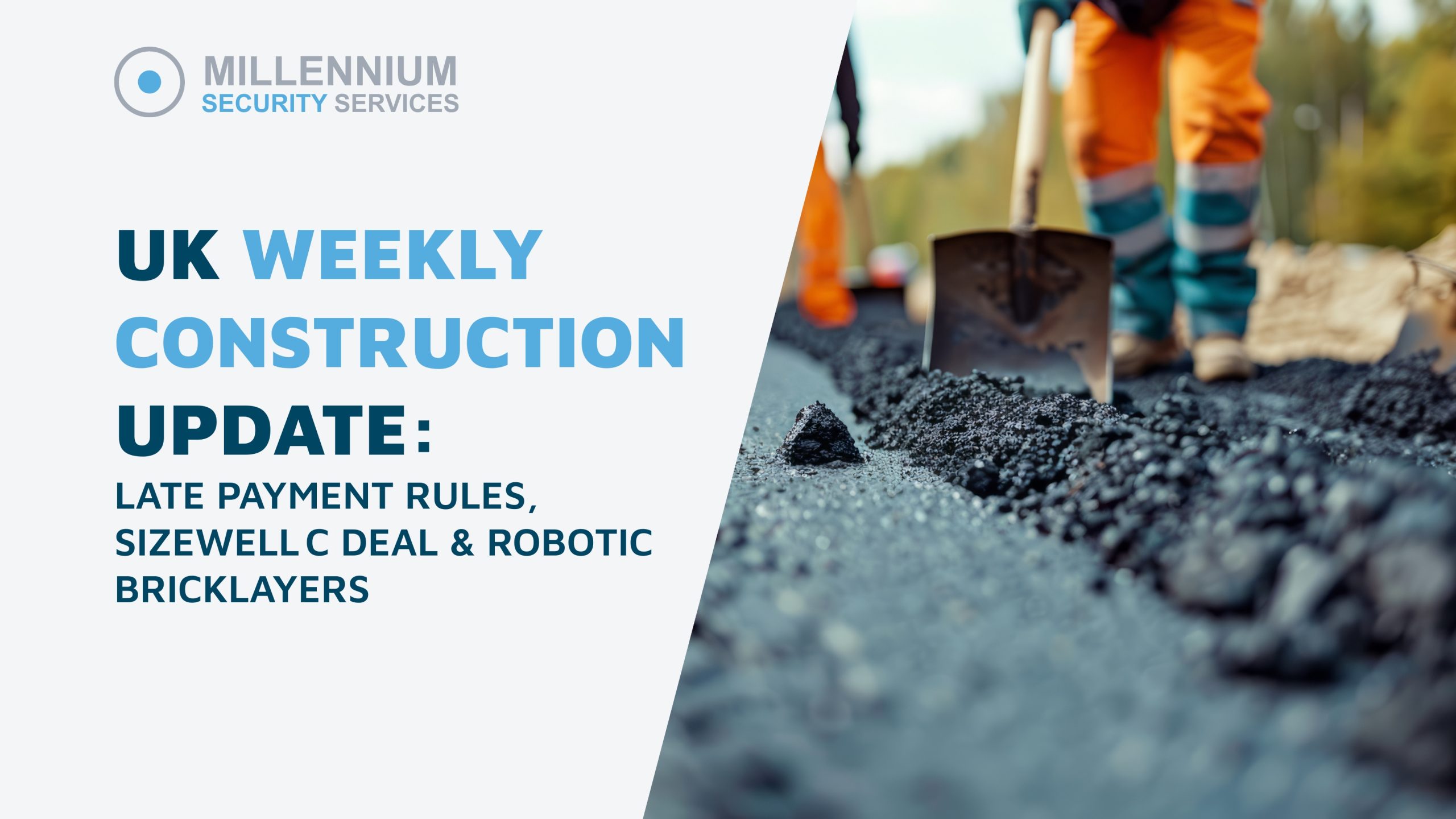With UK temperatures soaring above 35°C during back-to-back heatwaves this summer, construction sites across the country are feeling the pressure. From worker safety concerns to delays and material issues, extreme heat is no longer an occasional nuisance—it’s a growing operational threat. Here’s what every site and project manager needs to know, and how to respond effectively.
Heatwaves: The New Normal for UK Sites
- June and July have already seen record-breaking highs, with parts of Kent reaching 35.8°C.
- Climate data suggests these events are now 30 times more likely than in pre-industrial times.
- Forecasts indicate UK summers will see regular extreme heat events by 2050.

Construction-Specific Risks
- Worker Health & Safety
- Risk of heatstroke, dehydration, and sunburn increases sharply.
- Prolonged exposure can cause fatigue, poor concentration, and accidents.
- No legal maximum workplace temperature exists, leaving ambiguity for outdoor workers.
- Project Delays & Labour Productivity
- Higher temps reduce efficiency and increase the need for frequent breaks.
- Some sites are adopting midday shutdowns (11am–3pm) to avoid the worst heat.
- Material & Structural Challenges
- Concrete can cure too quickly in heat, compromising structural strength.
- Asphalt becomes unstable, softening or deforming in high temperatures.
- Equipment Overload
- Generators and machinery risk overheating.
- Cooling systems increase energy demand, leading to higher costs and breakdowns.

Practical Tips for Site Managers
Adjust Working Hours
- Start earlier in the day (6am) and finish before peak heat.
- Extend shift windows into cooler evenings if possible.
Hydration and Break Zones
- Set up shaded rest areas with plenty of water.
- Encourage regular hydration and check-ins for signs of heat stress.
Protective PPE and Training
- Use UV-protective, breathable clothing.
- Provide sunscreen and incorporate heat awareness into toolbox talks.
Equipment and Material Care
- Store sensitive materials in shaded or cooler areas.
- Schedule regular checks for generators and tools to prevent heat-related failure.
Plan for Disruptions
- Build buffer time into project schedules to account for weather delays.
- Keep clients informed to manage expectations.

A Shift in Mindset: Planning for a Hotter Future
The reality is clear: these heatwaves aren’t going away. It’s time for the industry to move beyond reactive measures and start building heat resilience into planning, budgets, and training.
That means:
- Incorporating cool materials and shaded site designs.
- Planning site layouts with heat mitigation in mind.
- Ensuring workforce welfare is prioritised in hot conditions.
For site managers and project leads, the heatwaves of 2025 are a wake-up call. Adapting now with smarter scheduling, better welfare provisions, and long-term design improvements isn’t just good practice—it’s essential to stay compliant, productive, and safe.



